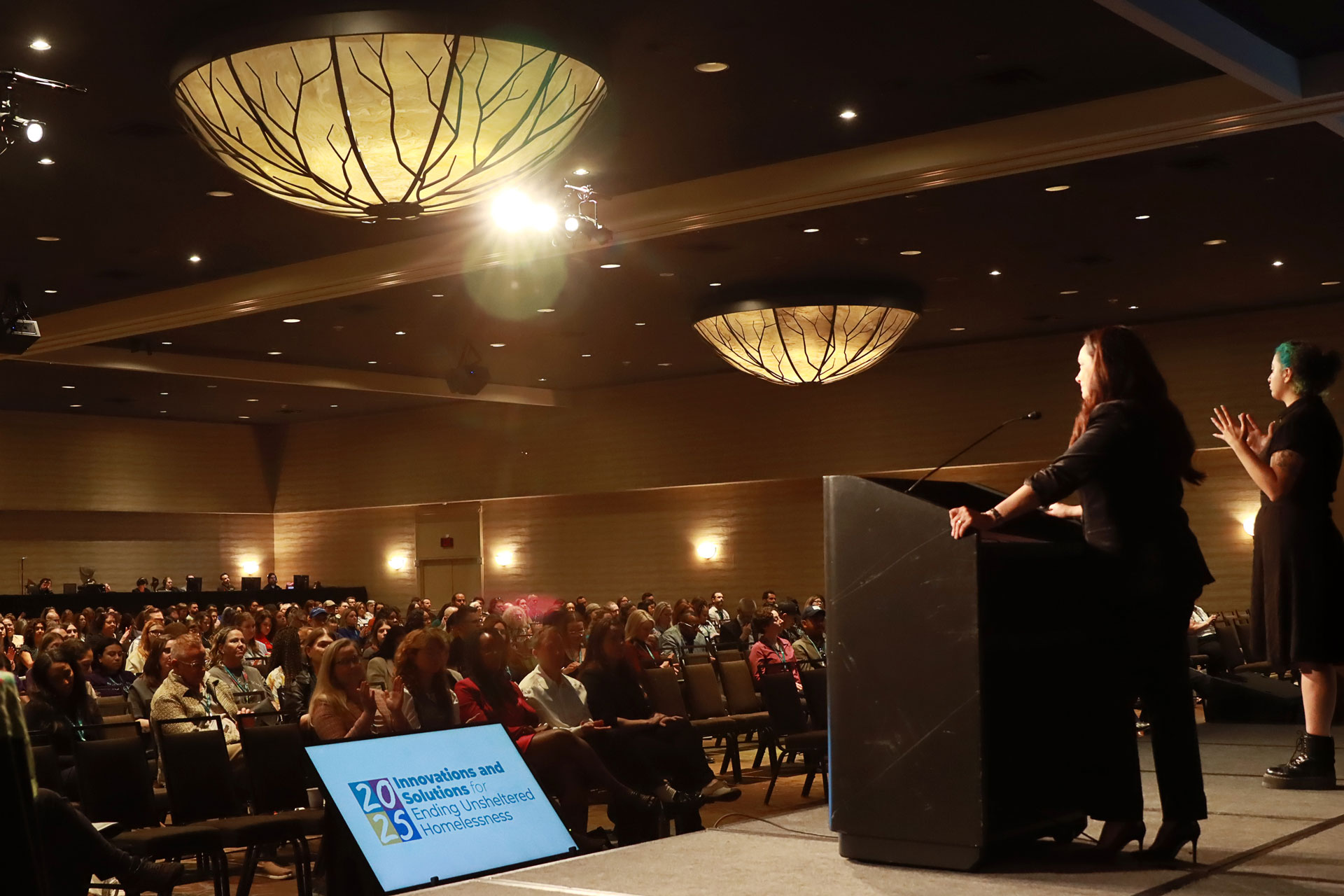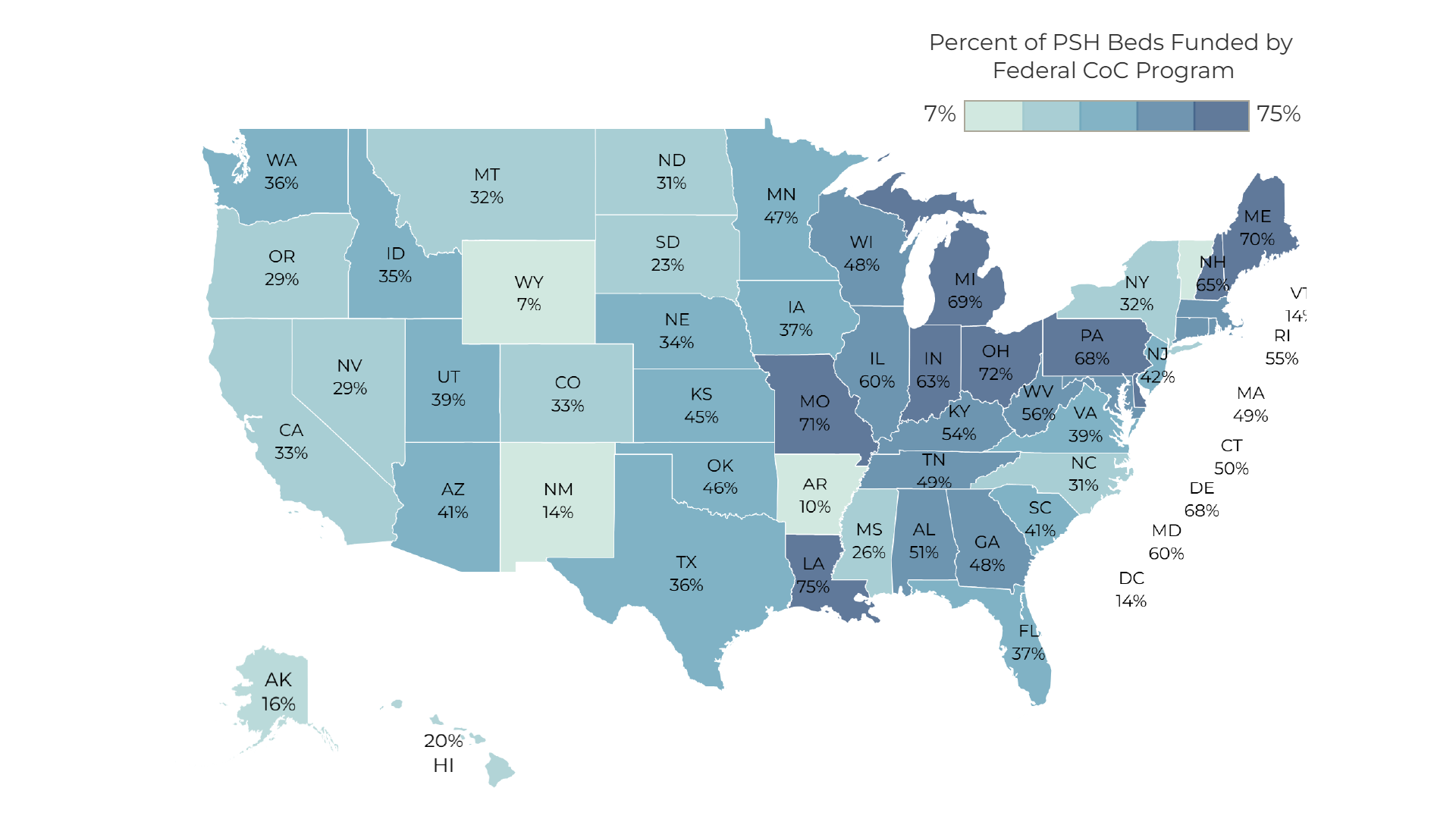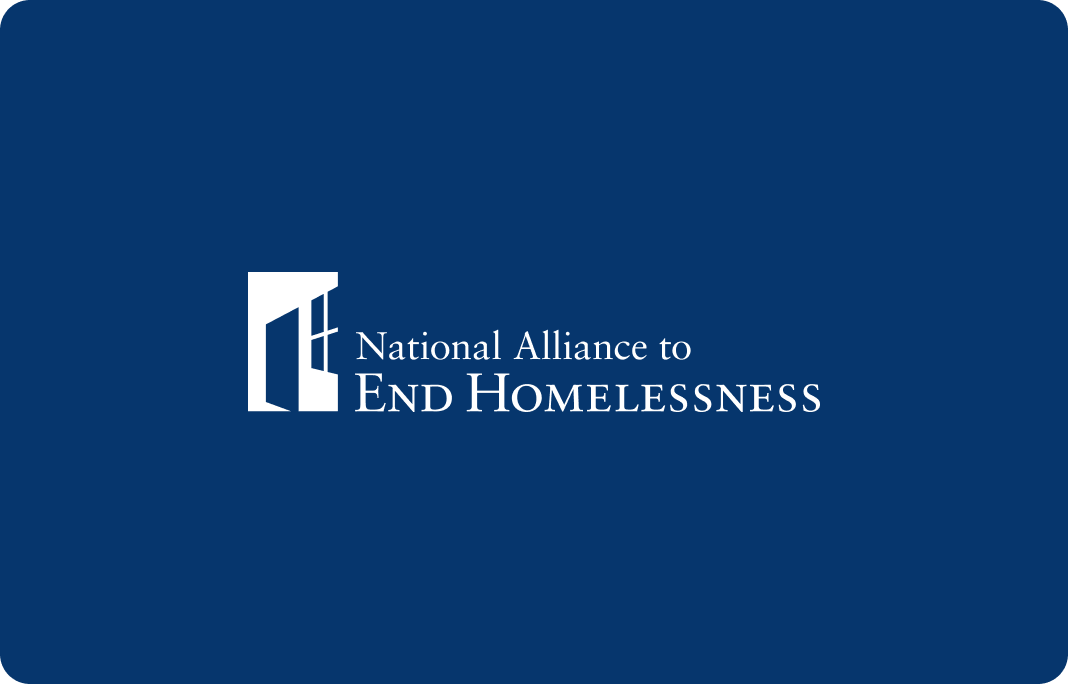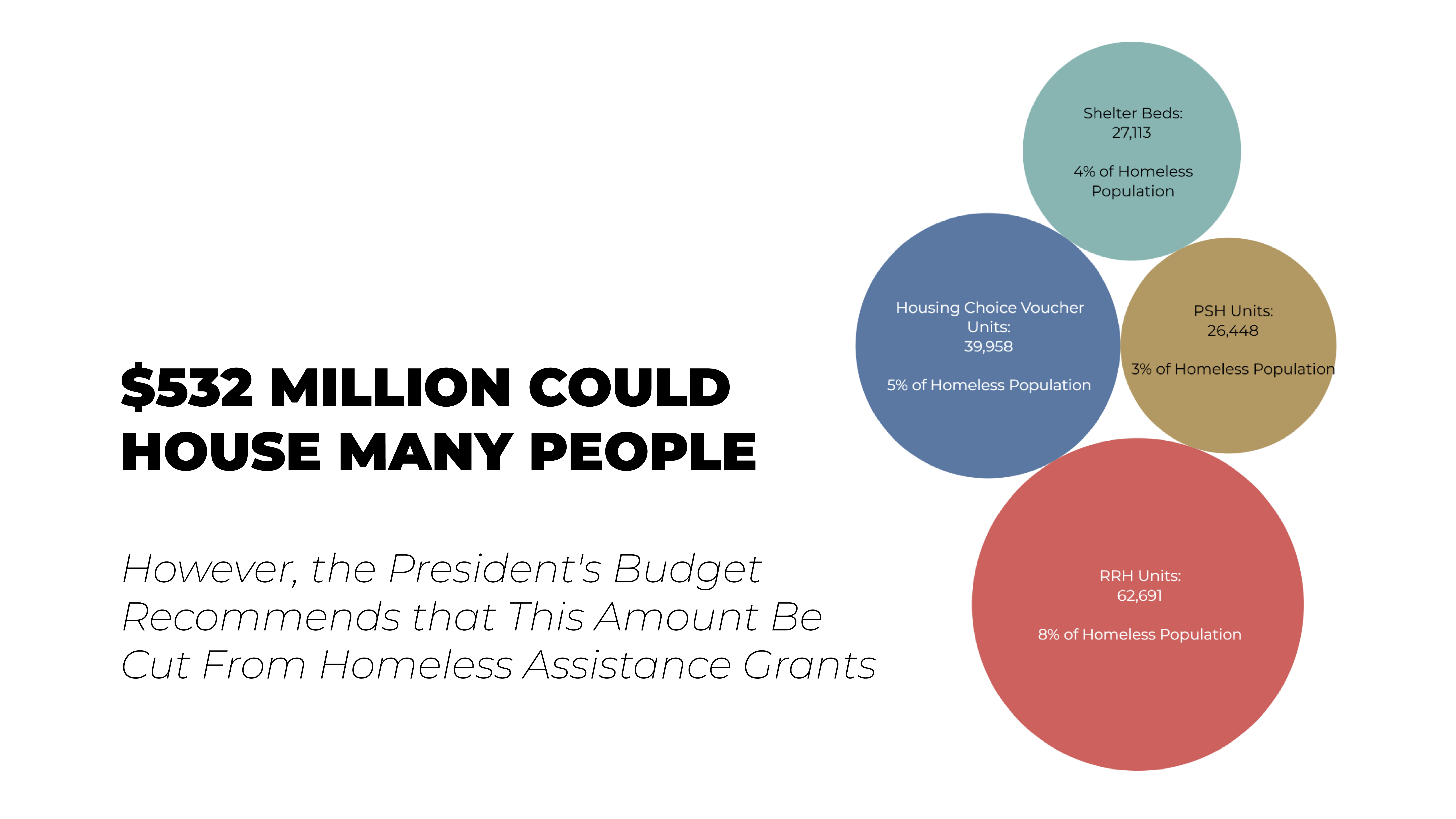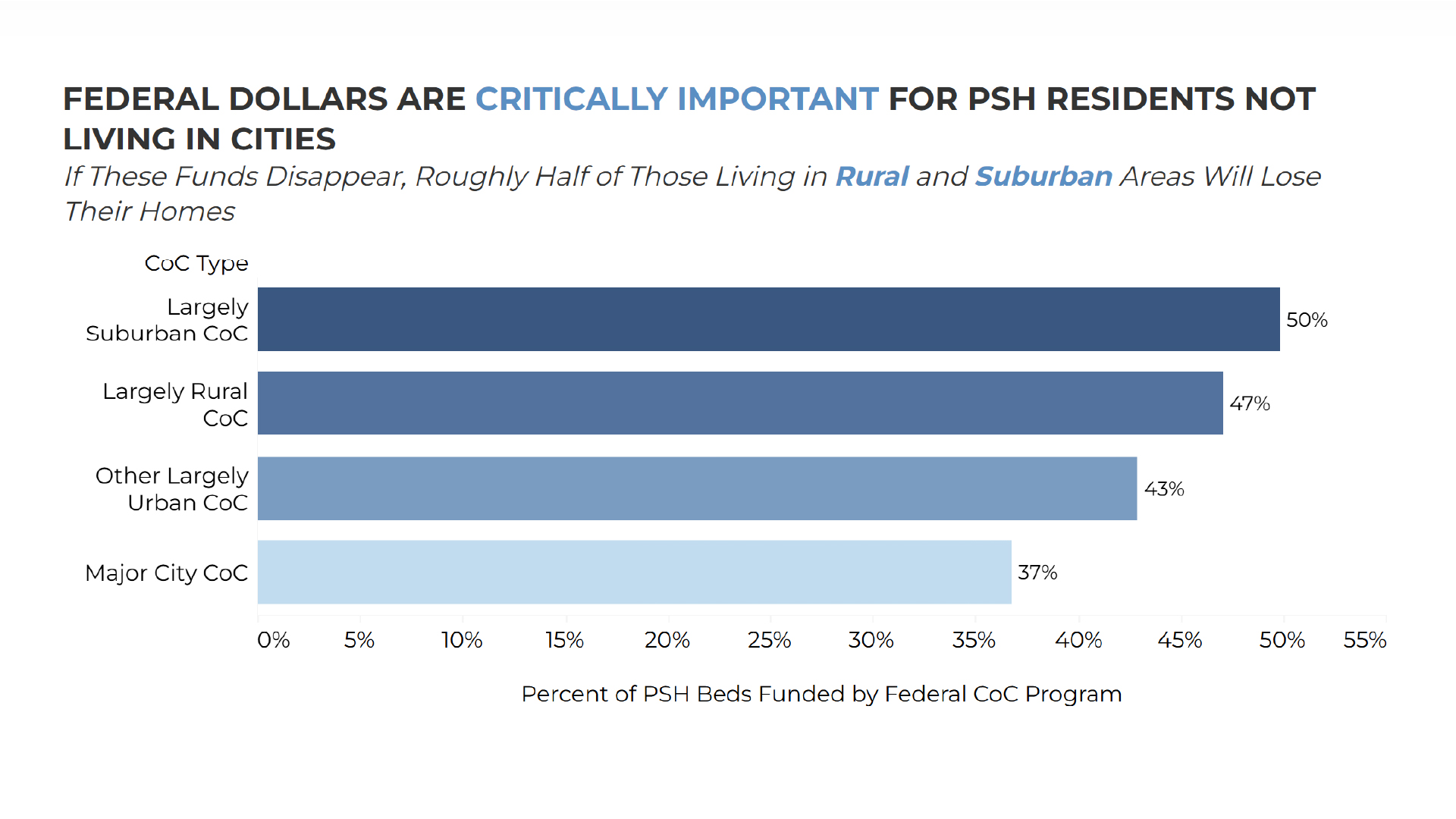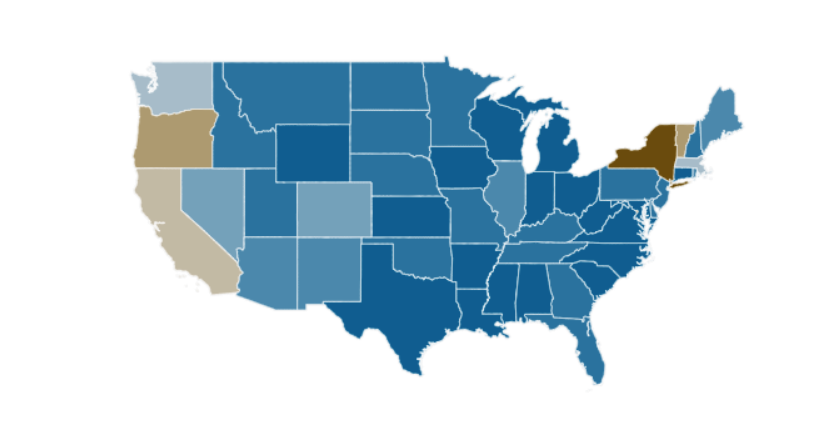Resource Center
Looking for live training opportunities? Read More
Filter resources
Resource type
Audience
Category
Best practice
Key issue
Year
Stay Updated: Solutions, Stories, and Ways to Make an Impact
Sign up to receive updates on the Alliance’s work, including the latest research, advocacy efforts, and real stories of progress — plus ways you can help drive lasting change.



